Let's talk Lhasa Apsos
Their most striking feature might be their long, flowing locks, but alert, loyal and affectionate little Lhasa Apsos also have a long and illustrious history. The breed dates back over a thousand years to the isolated palaces and monasteries of Tibet where Lhasa Apsos were developed to be guard dogs. That ancient bond with humans combined with beautiful looks, manageable size and good natures has made the Lhasa Apso a sought-after modern day canine companion.
Official name: Lhasa Apso
Origins: Tibet
Drooling tendencies
1 out of 5Shedding Level
3 out of 5Energy level*
1 out of 5Compatibility with other pets
3 out of 5Warm weather?
2 out of 5Suited to apartment living
5 out of 5Family pet?*
3 out of 5Can stay alone
4 out of 5
| Male | Female |
|---|---|
| Height | Height |
| 25 - 28 cm | 25 - 28 cm |
| Weight | Weight |
| 5.5 - 8 kg | 5.5 - 8 kg |
| Life stages | |
|---|---|
| Adult | |
| 10 months to 8 years | |
| Mature | Senior |
| 8 to 12 years | From 12 years |
| Baby | |
| Birth to 2 months | |
Drooling tendencies
1 out of 5Shedding Level
3 out of 5Energy level*
1 out of 5Compatibility with other pets
3 out of 5Warm weather?
2 out of 5Suited to apartment living
5 out of 5Family pet?*
3 out of 5Can stay alone
4 out of 5
| Male | Female |
|---|---|
| Height | Height |
| 25 - 28 cm | 25 - 28 cm |
| Weight | Weight |
| 5.5 - 8 kg | 5.5 - 8 kg |
| Life stages | |
|---|---|
| Adult | |
| 10 months to 8 years | |
| Mature | Senior |
| 8 to 12 years | From 12 years |
| Baby | |
| Birth to 2 months | |
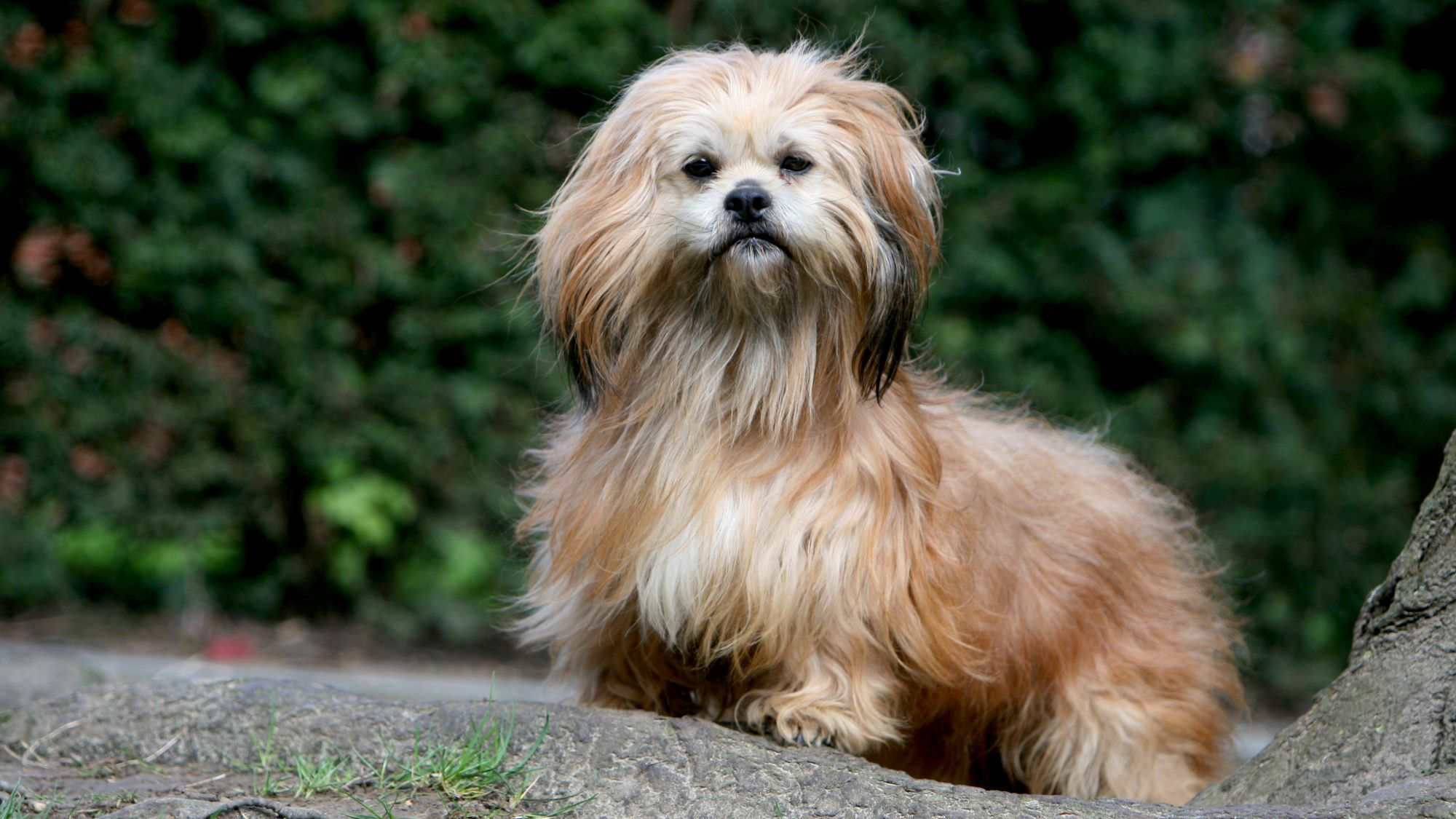
Get to know the Lhasa Apso
All you need to know about the breed
Lhasa Apsos were originally developed as watchdogs more than a thousand years ago – a role that seems all the more impressive when you consider that this is a dog whose thick curtain of hair often looks as though it must be obstructing their vision entirely (did we mention they need a lot of grooming?)
It’s true that the Lhasa Apso’s extraordinary coat is their most recognisable feature, but these charming and confident dogs have much more to offer besides. Lhasa Apsos are robust little dogs with an independent nature. They can be wary of strangers (that guard dog conditioning runs deep) and they need early socialisation and consistent training to make sure they are at ease in everyday situations.
Once trained, Lhasa Apsos are affectionate with their human families, curious and mischievous – a furry little bundle of fun. They are not known to be aggressive but these small dogs are not the best choice for families with small children as they may be impatient with the normal rough-and-tumble of life with toddlers. Their small size means Lhasa Apsos are well suited to living in an apartment, as long as they get regular walks and chances to play.
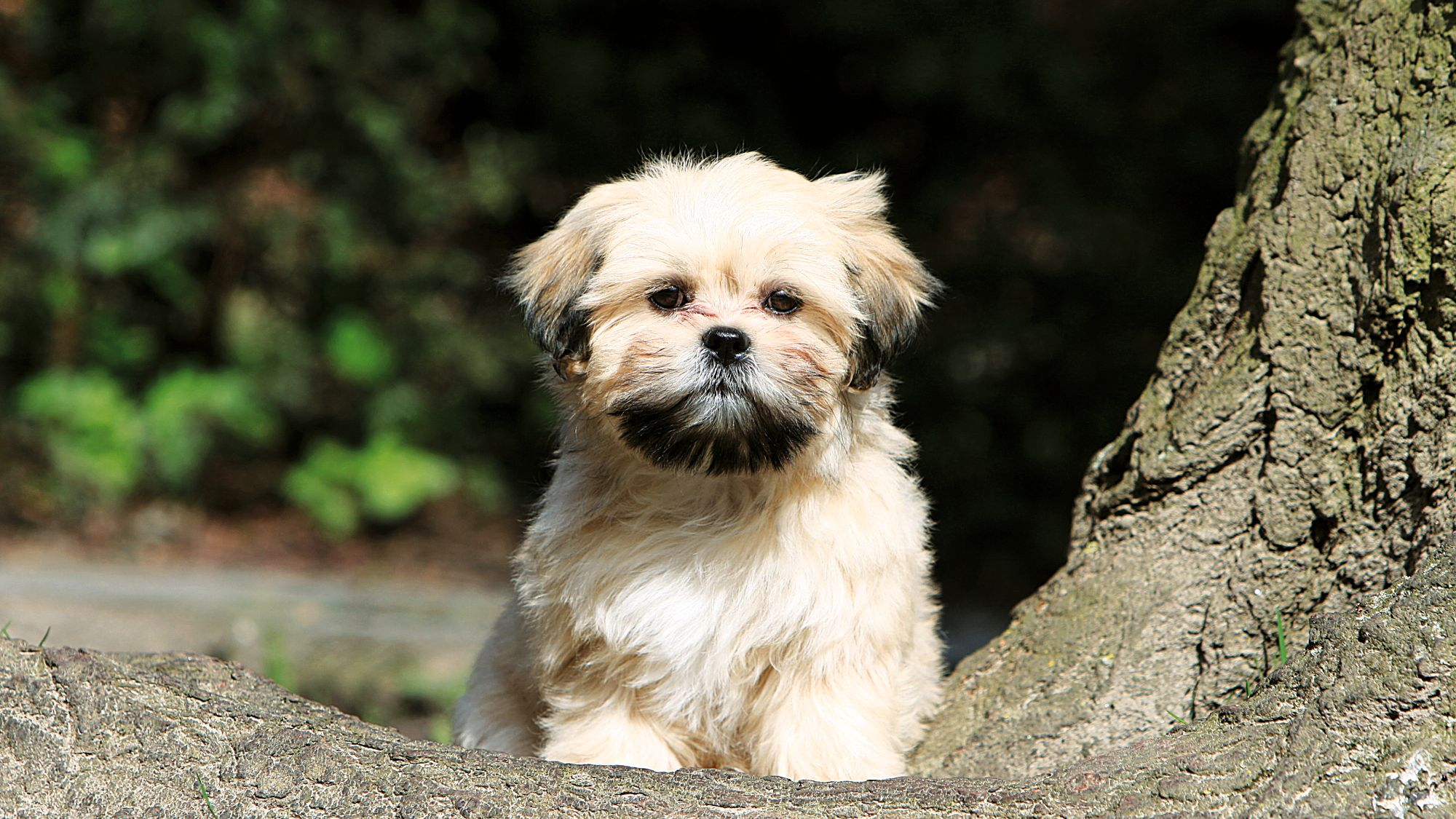
2 facts about Lhasa Apsos
1. Dalai Lhasa
Thanks to the breed’s origins in the monasteries of Tibet, the Lhasa Apso has long been known as a sacred dog, associated with the Dalai Lama. The Dalai Lama was instrumental in making these little dogs known in the wider world—dogs he gave as gifts in the first part of the 20th century helped establish the breed in the US.
2. Little Lion Dog
They may be small dogs—but Lhasa Apsos sure are mighty. With their abundant fur, often regal stance and confident personality, the Lhasa Apso’s nickname, “Little Lion Dog”, suits this ancient and long-revered breed perfectly, even if they are more likely to bark than roar.
History of the breed
With their flowing locks in shades of grey, beige, brown and white, Lhasa Apsos may look like they just stepped out of the grooming salon. But these diminutive canines were in fact developed for an extreme environment of high altitudes, rough terrain and isolation.
Over a thousand years ago, Lhasa Apsos were bred for their watchdog skills and put to use to guard the remote mountaintop palaces and Buddhist monasteries of Tibet (capital, Lhasa), often known as “the roof of the world”. This important role conferred a sacred status on these little dogs, which were associated with good luck and prosperity and were never sold, only given as gifts.
From head to tail
Physical characteristics of Lhasa Apsos
1.Coat
2.Body
3.Colouring
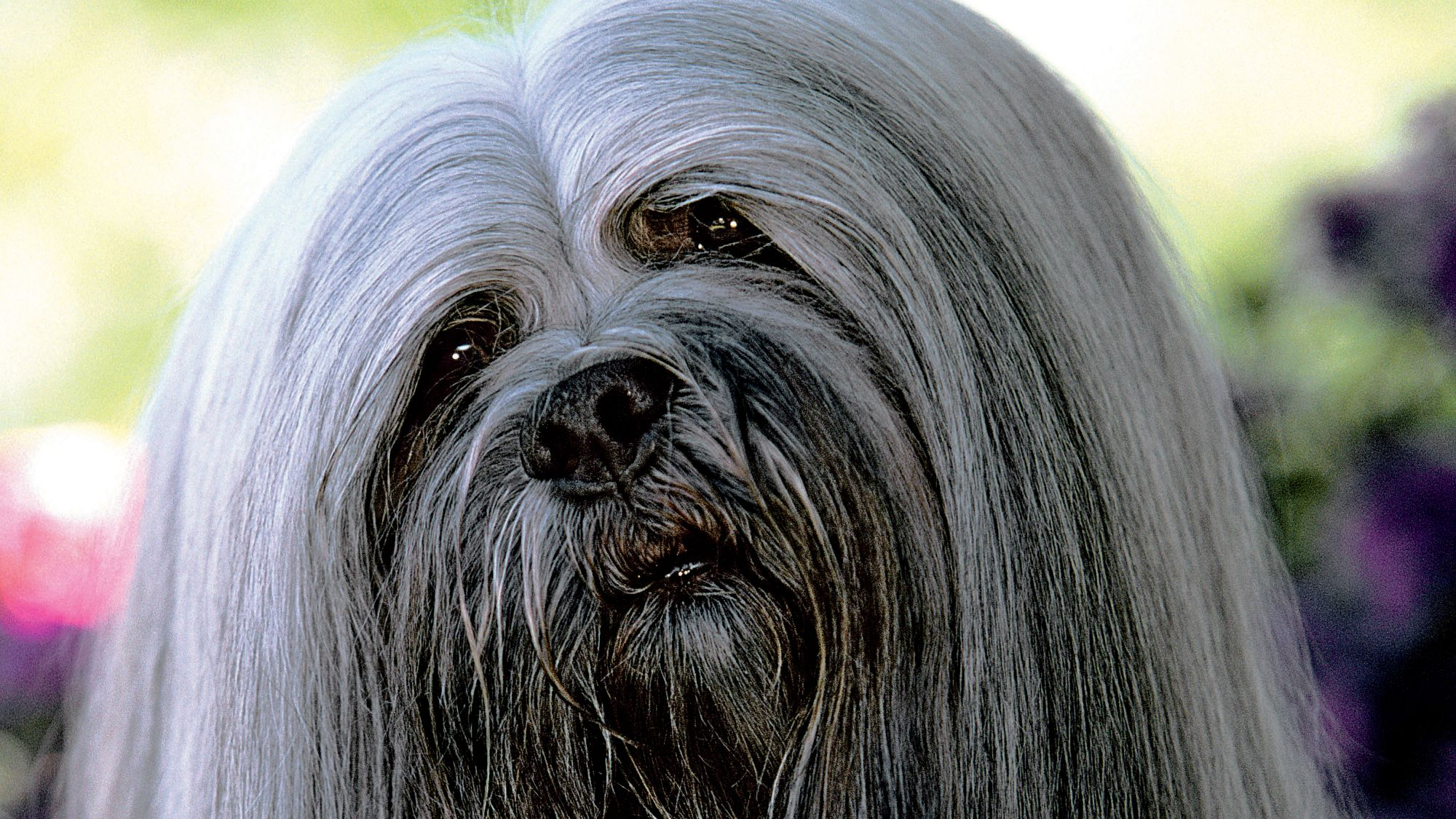
Things to look out for
From specific breed traits to a general health overview, here are some interesting facts about your Lhasa Apso
A few health issues
Lhasa Apsos are generally robust little dogs, but the breed can be prone to hereditary kidney problems. Unlike many other inherited conditions, there is no test for these problems, but prospective owners can minimise the risk by seeking dogs bred by experienced and responsible breeders who will have made efforts not to breed from affected dogs. Lhasa Apsos are part of the brachycephalic family of short-nosed, flat-faced breeds which also makes them prone to skin problems, breathing difficulties and intolerance to hot temperatures.
Keeping an eye out
These little dogs can sometimes suffer from (treatable) eye inflammations and the breed is also prone to progressive retinal atrophy (PRA), a degenerative condition that is not painful but does eventually lead to blindness. Regular check-ups with your vet and swift treatment if there is a problem will ensure your Lhasa Apso – a breed that is known for its long lifespan – stays in the best possible health.
Healthy diet, healthier dog
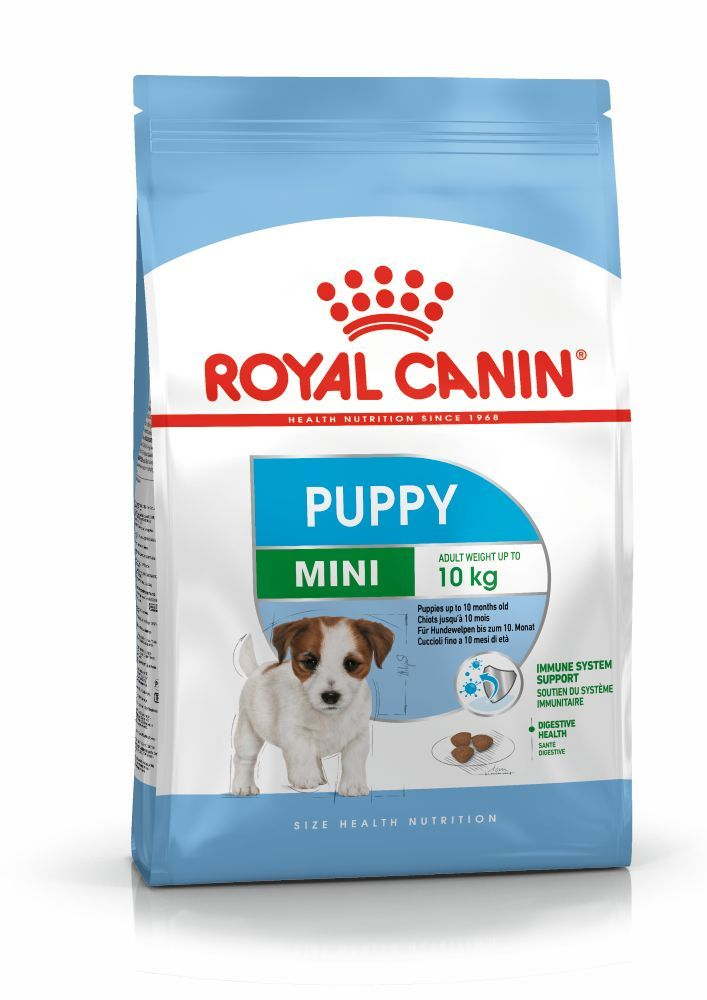
When choosing food for a Lhasa Apso, there are many factors to consider: their age, lifestyle, activity level, physiological condition, and health including potential sickness or sensitivities. Food provides energy to cover a dog’s vital functions, and a complete nutritional formula should contain an adjusted balance of nutrients to avoid any deficiency or excess in their diet, both of which could have adverse effects on the dog.
Clean and fresh water should be available at all times to support good urinary regularity. In hot weather and especially when out exercising, bring water along for your dog’s frequent water breaks.
The following recommendations are for healthy animals. If your dog has health problems, please consult your veterinarian who will prescribe an exclusively veterinary diet.
A Lhasa Apso puppy’s requirements, in terms of energy, protein, minerals and vitamins, are much greater than those of an adult dog. They need energy and nutrients to maintain their body, but also to grow and build it. Until they are 10 months old, a Lhasa Apso puppy’s immune system develops gradually. A complex of antioxidants – including vitamin E – can help support their natural defences during this time of big changes, discoveries, and new encounters. Their digestive functions are different from an adult Lhasa Apso’s, too: their digestive system is not mature yet so it’s important to provide highly digestible proteins that will be effectively used. Prebiotics such as fructo-oligosaccharides, support digestive health by helping balance the intestinal flora, resulting in good stool.
Similarly, a puppy’s teeth – starting with the milk teeth, or first teeth, then the permanent teeth – are an important factor that needs to be taken into account when choosing the size, form, and hardness of kibble. This growth phase also means high energy needs, so the food must have a high energy content (expressed in Kcal/100g of food), while concentrations of all other nutrients will also be higher than normal in a specially formulated growth food. It is recommended to split the daily allowance into three meals until they are six months old, then to switch to two meals per day.
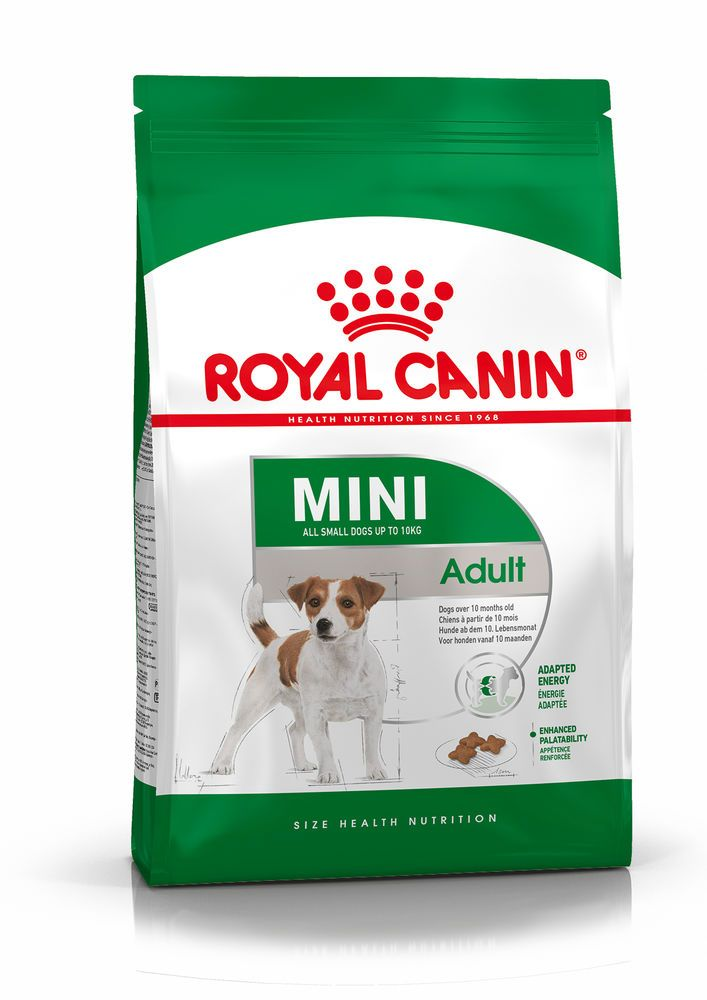
The main nutritional goals for adult Lhasa Apsos are:
Maintaining an ideal body weight by using highly digestible ingredients and keeping the fat content at a sensible level. Preserving the health and beauty of the skin and coat with the enriched addition of essential fatty acids (especially EPA-DHA), essential amino acids, and B vitamins.
At adult age, small breed dogs are exposed to oral and dental disorders, more precisely, accumulation of dental plaque and tartar. The Lhasa Apso’s teeth and jaws need a lot of protection. A kibble shape and a texture designed to promote chewing can help in slowing down the formation of dental plaque, and a formula containing calcium chelators can help reduce tartar formation, hence helping to support daily oral hygiene. Small breed dogs are well known for being fussy eaters. Exclusive formula and flavourings, as well as a kibble size with a special texture, will stimulate their appetite. Small breed dogs are prone to urinary stones; a diet that supports a healthy urinary system is recommended.
For Lhasa Apsos living mainly indoors, highly digestible proteins, an appropriate fibre content, and very high quality carbohydrate sources will help reduce faecal smell and volume. Because an indoor lifestyle often means less exercise, an adapted calorie content, which meets the reduced energy needs, and a diet that contains L-carnitine, which promotes fat metabolism, can help maintain an ideal weight. It is important to avoid feeding them human foods or fatty snacks. Instead, reward your dog with kibble taken from their daily meal allowance, and strictly follow the feeding guidelines written on the package in order to prevent excessive weight gain.
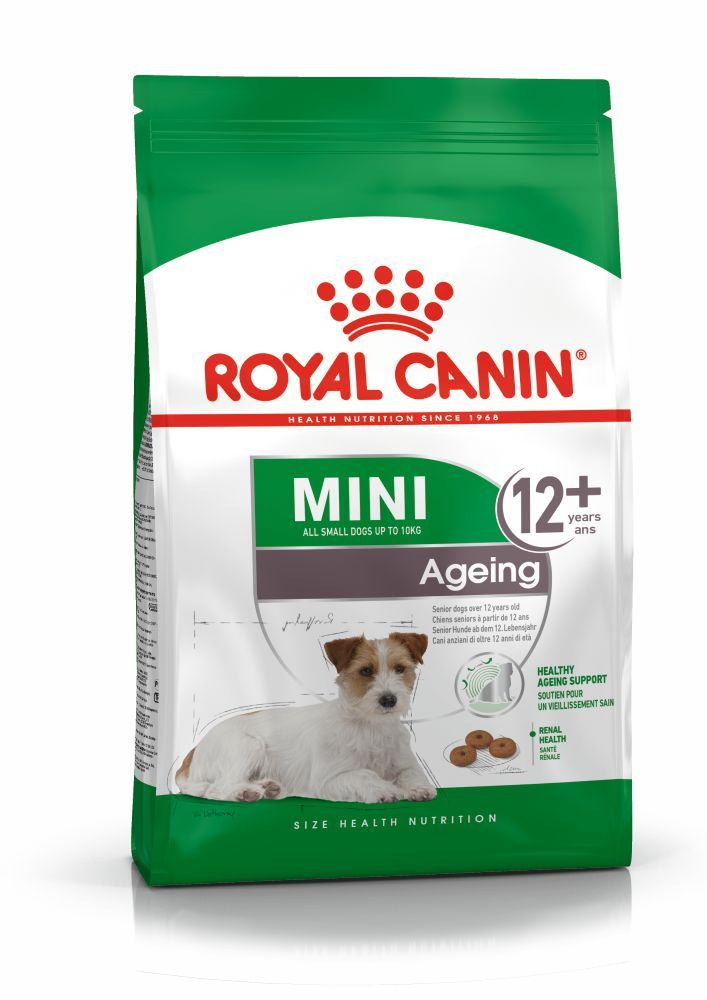
After eight years old, Lhasa Apsos start facing the first signs of ageing. A formula enriched with antioxidants will help maintain their vitality and an adapted phosphorus content will support their renal system. Ageing is also accompanied by the modification of digestive capacities and particular nutritional requirements, so food for older Lhasa Apsos should have the following characteristics:
Higher vitamin C and E content. These nutrients have antioxidant properties, helping to protect the body’s cells against the harmful effects of the oxidative stress linked to ageing. High-quality protein. Contrary to a widely held misconception, lowering the protein content in food brings little benefit in limiting kidney failure. In addition, older dogs are less efficient at using dietary protein than younger dogs. Reducing the phosphorous content is a good way of slowing down the gradual deterioration of kidney function. A higher proportion of the trace elements iron, zinc, and manganese to help maintain the good condition of the skin and coat. A higher quantity of polyunsaturated fatty acids to help maintain the quality of the coat. Dogs can normally produce these fatty acids, but ageing can affect this physiological process. As they age, dogs increasingly suffer from teeth problems. To ensure they continue to eat in sufficient quantities, the shape, size, and hardness of their kibble needs to be tailored to their jaw.
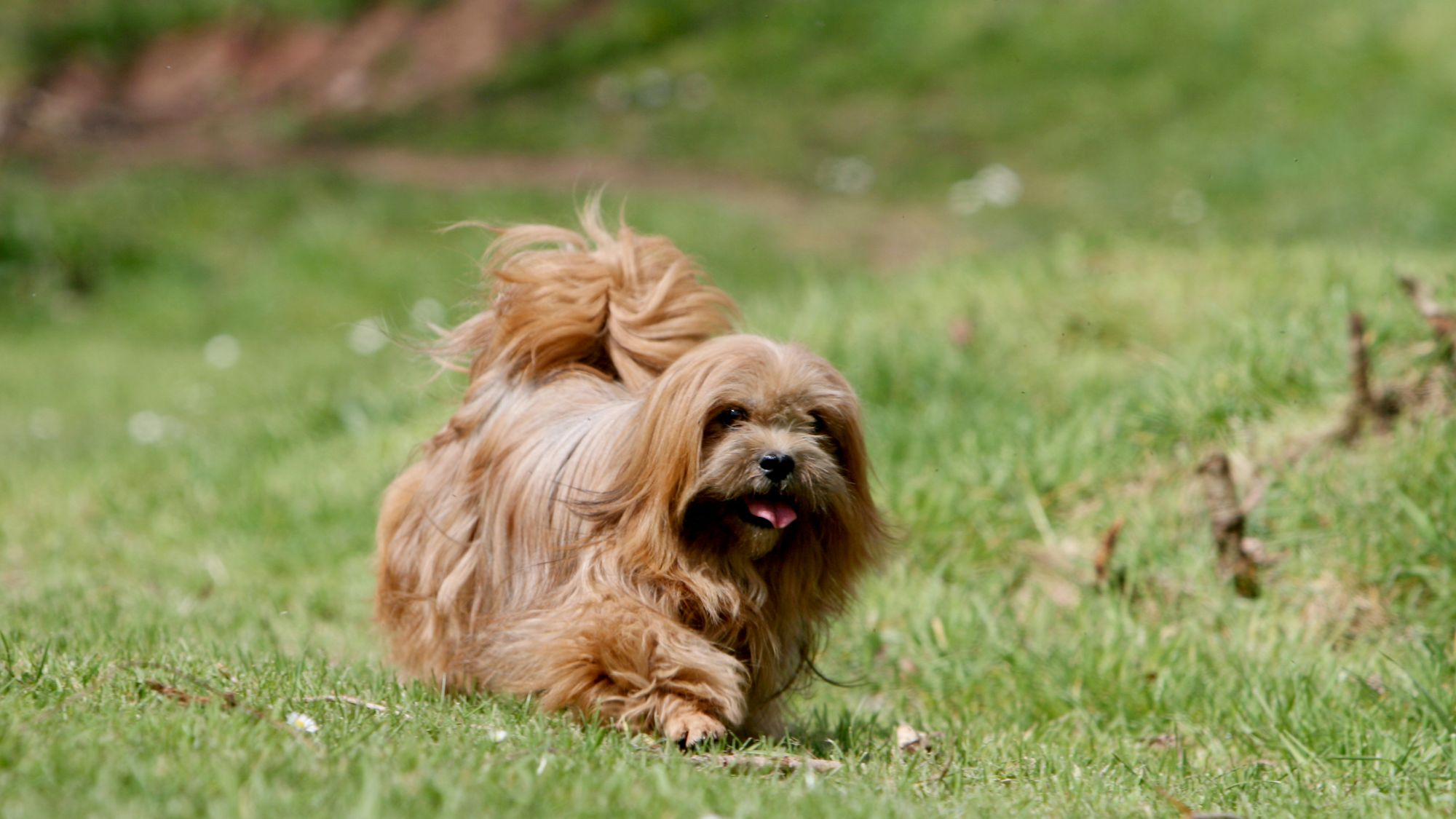
Caring for your Lhasa Apso
Grooming, training and exercise tips
7/7
All about Lhasa Apsos
Lhasa Apsos are loyal, affectionate to and protective of their human families, but they are best suited to households without very small children – they’re small dogs and can be intimidated by even accidental clumsiness.
Well … those luxurious locks aren’t going to look after themselves. Lhasa Apsos do need a lot of grooming, to avoid tangles, it’s true, but that brushing time is a perfect excuse for a cuddle so it won’t be a chore.
Suggested Breeds
Read more on this topic
- Veterinary Centers of America https://vcahospitals.com/;
- Royal Canin Dog Encyclopaedia. Ed 2010 and 2020
- Banfield Pet Hospital https://www.banfield.com/
- Royal Canin BHN Product Book
- American Kennel Club https://www.akc.org/
Like & share this page